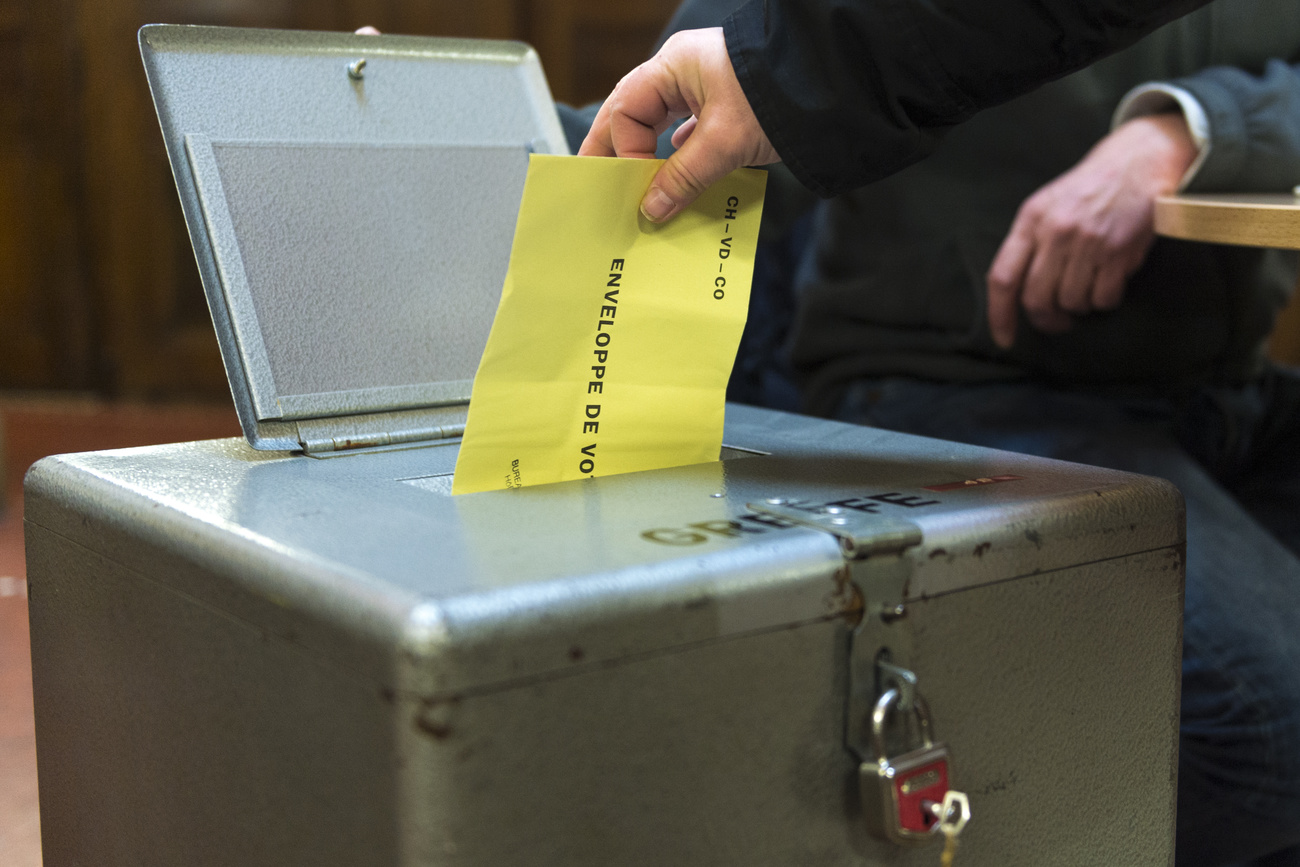How parliamentary elections work in Switzerland
Every four years voters in Switzerland elect politicians to represent them in the Swiss capital, Bern. This is how the Swiss parliament is structured.
Switzerland has a legislative branch with two chambers: the House of Representatives and the Senate. The House has 200 seats divided among the 26 cantons in proportion to their populationExternal link.
Canton Zurich, with 1.5 million inhabitants, has 35 seats, while the six smallest cantons have one seat each. Issues important to small cantons tend to be overruled in parliament by issues important to the larger cantons.
So the Swiss found a way to better balance the interests of the majority of the Swiss and of those living in less-populated regions. They made a second chamber: the Senate, with 46 seats. Most cantonsExternal link have two seats here.
New legislation or changes to a law need approval by both chambers. The United States has a very similar system but on a larger scale.









You can find an overview of ongoing debates with our journalists here . Please join us!
If you want to start a conversation about a topic raised in this article or want to report factual errors, email us at english@swissinfo.ch.